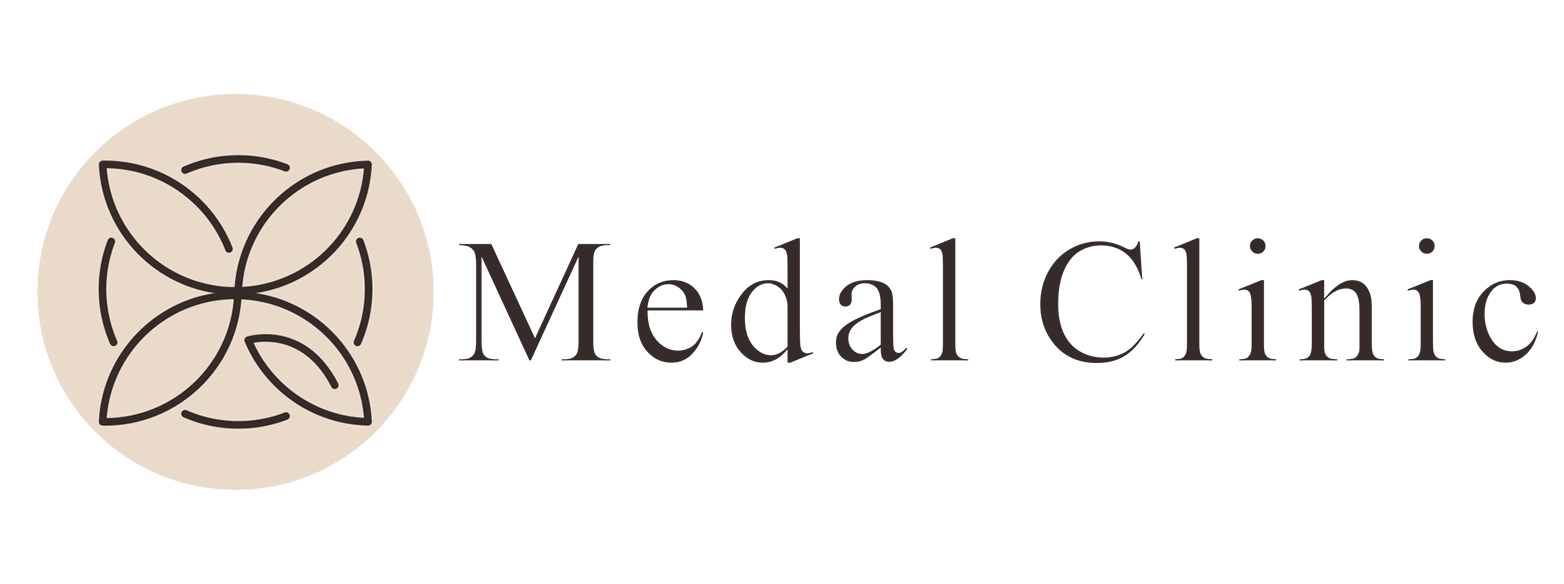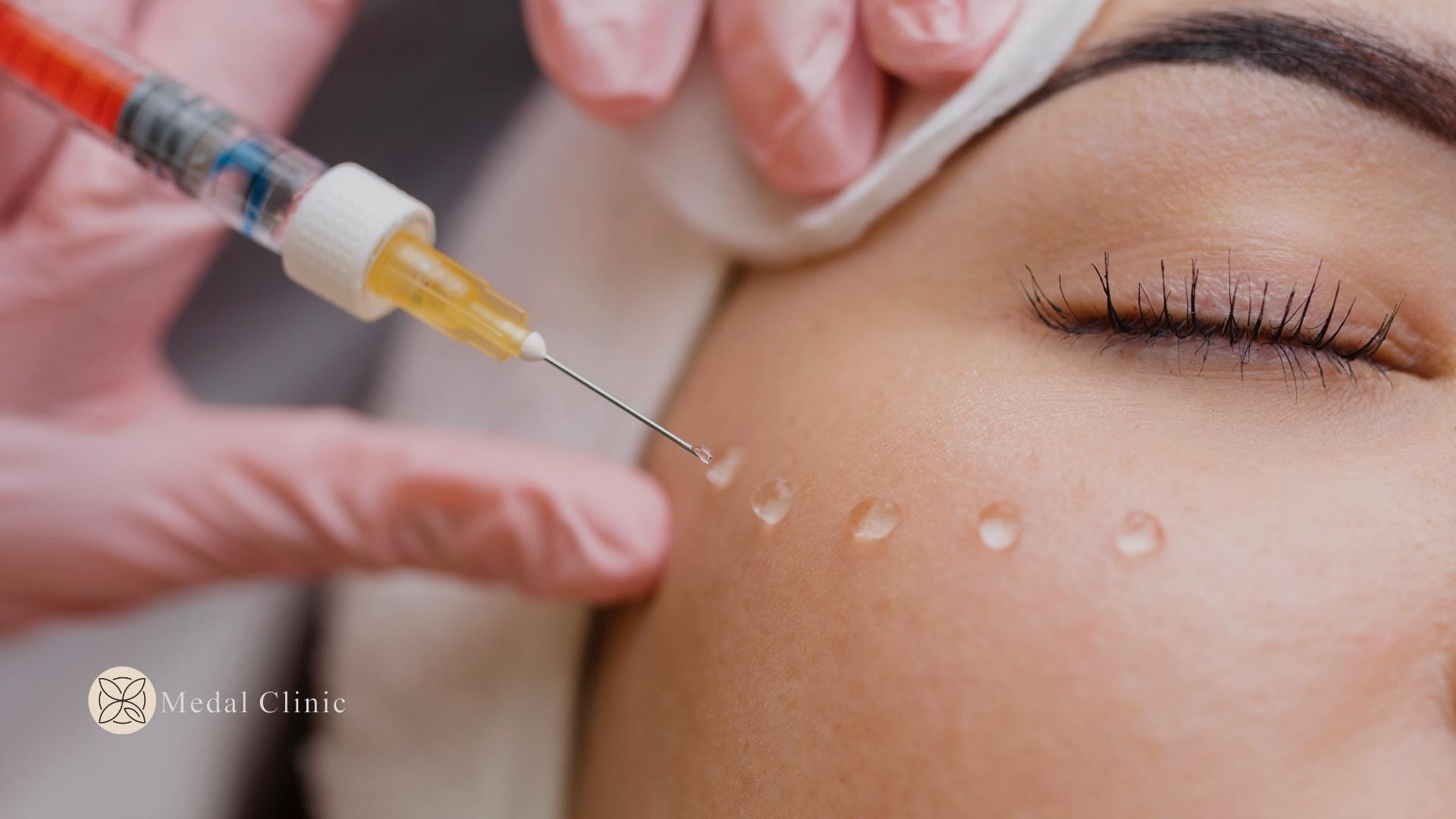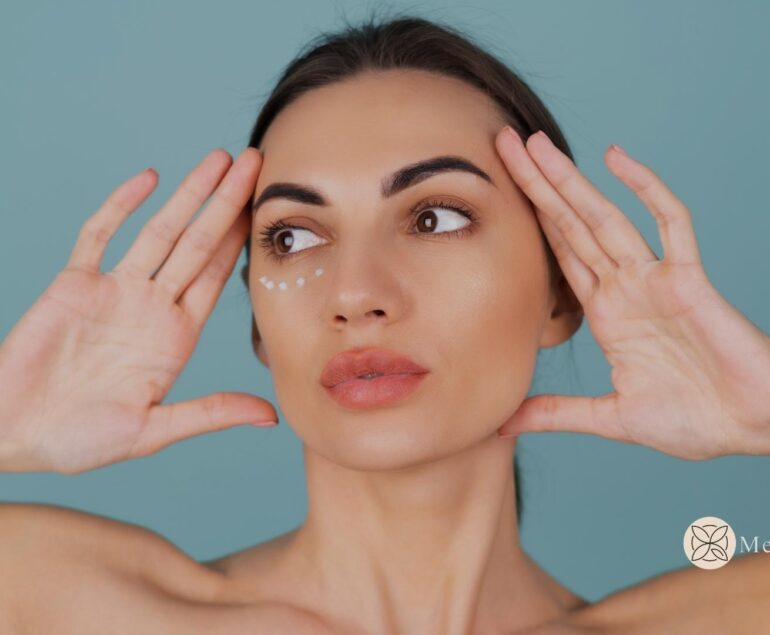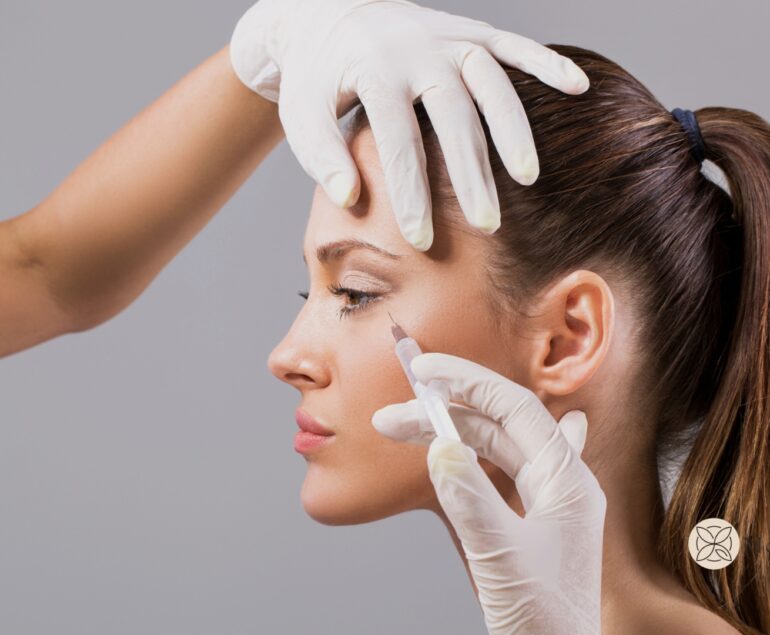Unveiling the Power of Skin PRP: A Natural Path to Rejuvenation
In the quest for youthful and radiant skin, many individuals explore a variety of skincare treatments and products. One such groundbreaking approach gaining popularity is Platelet-Rich Plasma (PRP) therapy for the skin. This revolutionary technique utilizes the body’s own healing potential to rejuvenate and enhance the skin’s appearance. Let’s delve into the world of Skin PRP, exploring its science, benefits, and why it’s becoming a sought-after solution in the realm of skincare.
Understanding Platelet-Rich Plasma (PRP)
Platelet-Rich Plasma (PRP) is a concentrated solution derived from the patient’s own blood. Blood is composed of various components, including red blood cells, white blood cells, platelets, and plasma. In PRP therapy, the blood is drawn from the patient and then processed to separate the platelets from the rest of the components.
The isolated platelets are rich in growth factors and proteins that play a crucial role in tissue repair and regeneration. When applied to the skin, PRP can stimulate collagen production, enhance tissue healing, and promote a rejuvenated, youthful complexion.
The Science Behind Skin PRP
Collagen, a protein abundant in our skin, is responsible for its firmness, elasticity, and youthful appearance. As we age, the production of collagen decreases, leading to sagging, wrinkles, and fine lines. PRP therapy harnesses the growth factors within platelets to activate collagen production and accelerate the natural healing processes in the skin.
When PRP is applied to the skin through microneedling or injections, it triggers a response in the dermal layer, prompting the body to produce more collagen and regenerate cells. This boost in collagen helps in improving skin texture, reducing the signs of aging, and achieving a more vibrant and youthful complexion.
The Benefits of Skin PRP
1. Natural and Safe
Since PRP therapy utilizes the patient’s own blood, the risk of allergic reactions or adverse side effects is minimal. It’s a safe and natural approach to skin rejuvenation.
2. Collagen Boost
PRP stimulates the production of collagen, which is essential for maintaining the skin’s youthful structure and appearance. The increased collagen helps in reducing fine lines, wrinkles, and sagging skin.
3. Improved Skin Tone and Texture
PRP therapy can improve skin tone, texture, and overall complexion. It can help in reducing blemishes, acne scars, and hyperpigmentation, resulting in a smoother, more even skin tone.
4. Minimal Downtime
Skin PRP treatments typically have minimal downtime, allowing individuals to resume their daily activities shortly after the procedure. This makes it a convenient option for those with busy lifestyles.
5. Long-Lasting Results
The effects of PRP therapy are not just immediate but also long-lasting. Over time, as collagen continues to be produced, the skin’s rejuvenation becomes more apparent and sustainable.
The Procedure
The process of Skin PRP involves a few key steps:
Consultation: A thorough consultation with a qualified healthcare professional is essential to determine if PRP therapy is suitable for the individual and to discuss expectations and concerns.
Blood Collection: A small amount of blood is drawn from the patient, typically from the arm, and placed in a centrifuge to separate the platelets.
Platelet Isolation: The blood sample is then spun in a centrifuge to isolate the platelets and create the PRP solution.
Application: The PRP is either applied topically to the skin or administered through microneedling or injections, depending on the treatment plan and desired outcome.
Conclusion
Skin PRP represents a promising avenue for individuals seeking a natural and effective method to rejuvenate their skin. With its ability to harness the body’s own healing potential, PRP therapy offers numerous benefits and has garnered attention in the world of skincare. If you’re considering a skin rejuvenation treatment, exploring the potential of Skin PRP with a qualified healthcare professional could be a step toward achieving a more youthful and vibrant complexion, naturally.
FAQ's
What is Skin PRP, and how does it work for skin rejuvenation?
Skin PRP, or Platelet-Rich Plasma therapy for the skin, is a cutting-edge procedure that utilizes the patient’s own blood to rejuvenate and enhance their skin. During the procedure, a small blood sample is collected and processed to isolate platelets rich in growth factors. These platelets are then applied to the skin through injections or microneedling. The growth factors in the platelets stimulate collagen production, leading to improved skin texture, reduced wrinkles, and a youthful appearance.
What are the key benefits of Skin PRP?
Skin PRP offers several benefits, including natural and safe rejuvenation, collagen stimulation for improved skin structure, enhanced skin tone and texture, minimal downtime post-procedure, and long-lasting results. The therapy is particularly popular for its ability to deliver a more youthful complexion without the need for synthetic substances.
Is Skin PRP suitable for all skin types and ages?
Skin PRP is generally suitable for a wide range of skin types and ages, making it a versatile option for skin rejuvenation. However, it’s important to consult with a healthcare professional to determine if it aligns with your specific needs and concerns. The consultation will help in evaluating your eligibility and creating a customized treatment plan based on your unique skin condition.
What can I expect during and after a Skin PRP treatment?
During a Skin PRP treatment, a healthcare professional will first collect a blood sample, process it to obtain the PRP solution, and then apply it to the skin through injections or microneedling. The process is relatively quick and typically involves minimal discomfort. After the treatment, there may be slight redness or swelling, but these effects generally subside within a day or two. Over the following weeks, you’ll notice gradual improvements in skin texture, tone, and overall appearance.
How many sessions of Skin PRP are typically needed to see optimal results?
The number of Skin PRP sessions needed to achieve optimal results varies based on individual skin conditions, goals, and the recommendation of the healthcare professional. However, a series of sessions, usually spaced several weeks apart, is commonly recommended for the best outcome. Your healthcare provider will assess your progress and determine the appropriate number of sessions during your consultation.




